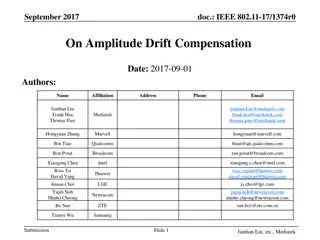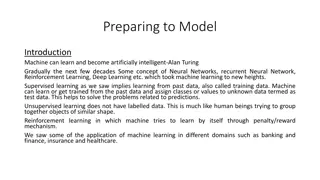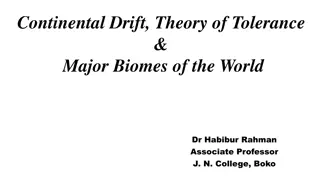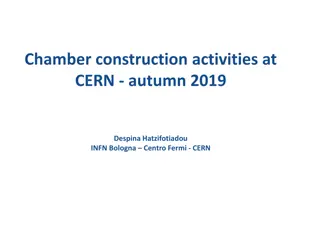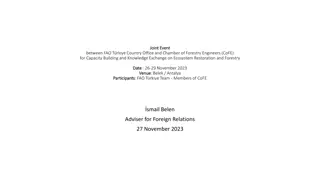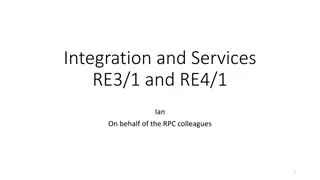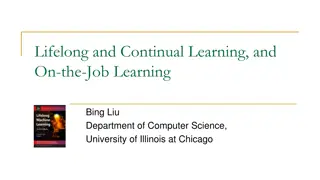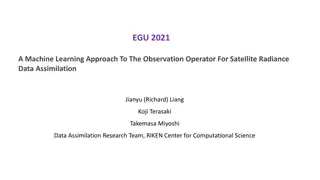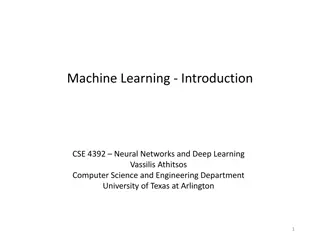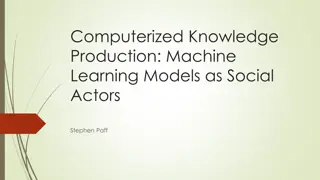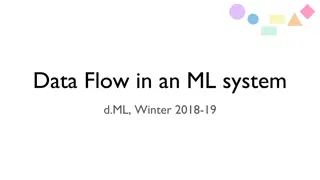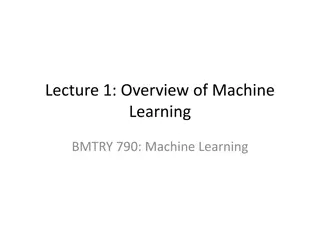Machine Learning Approach for Afterpulse Identification in Drift Chamber Data
A new machine learning approach is introduced for the identification of afterpulses in drift chamber data, aiming to exclude afterpulses using convolutional neural networks. The research involves the reconstruction of tracks using the histogram method, addressing the issue of afterpulses that can lead to false reconstructions. The study also utilizes Garfield++ simulation for detailed drift chamber operation simulations and response analysis. Data from the drift chamber is represented as binary images for waveform visualization. Experimental data signals with afterpulses are discussed, highlighting the need to distinguish between original signals and post-signal occurrences. Various aspects of drift chamber parameters and operation are outlined, providing insights into the detection and elimination of afterpulses.
- Machine Learning
- Afterpulse Identification
- Drift Chamber Data
- Convolutional Neural Networks
- Garfield++ Simulation
Download Presentation

Please find below an Image/Link to download the presentation.
The content on the website is provided AS IS for your information and personal use only. It may not be sold, licensed, or shared on other websites without obtaining consent from the author. Download presentation by click this link. If you encounter any issues during the download, it is possible that the publisher has removed the file from their server.
E N D
Presentation Transcript
A new machine learning approach for identification of afterpulses in drift chamber data Vorobyev V.S., Nikolaenko R.V., Petrukhin A.A., Zadeba E.A. XXVII International Symposium on Nuclear Electronics and Computing Montenegro, Budva, Becici, 30 September 4 October 2019 1
Detector TREK 264 drift chambers Chamber s area is 2 m2 TREK s area is about 250 m2 2
Drift chamber -12 kV 0 V -12 kV The field strength 500 V/cm t4 The field strength ~ 7000 V/cm t3 t2 +2.2 kV t1 250 mm 250 mm Coordinate resolution~ 1 mm Angle resolution ~ 1.7 Medium mixture: 94% Ar + 6% CO2 Drift time < 6 s Drift velocity 0.04 mm/ns 3
Reconstruction methods The histogram method was developed for a parallel track reconstruction. The corridor with certain region and variable angles are drawn from each points of the first channel to other channels. Then the tracks in the corridors are counted dependence on its angle. The true reconstruction has maximum number of tracks. 4
Afterpulses There are afterpulses in experimental data signals appearing after original signals often observed at shaper-amplifier output. The presence of afterpulses leads to fake reconstructions. 5
The cause of afterpulses presence Vertical track Inclined track 6
Excluding afterpulses by convolutional neural networks 0 0 0 1 1 1 0 0 0 0 0 0 0 0 0 0 1 1 1 0 0 0 0 0 0 0 0 0 0 1 1 1 0 0 0 0 0 0 0 0 0 0 1 1 1 0 0 0 Representation of waveforms Data obtained from the drift chamber can be represented as a binary image. The value 0 of the matrix element corresponds to the absence of a signal, 1 - to the presence. Such a matrix has 4 rows corresponding to 4 signal channels. Each column corresponds to 10 nanoseconds. The maximum drift time is 6 s so we get 600 columns. Such a pixel image represens both the drift time of the signal and its duration. 7
Garfield++ simulation Garfield++ allows detailed simulation of the drift chamber operation (gas ionization, drift of electron clouds, output signals) 30000 events were simulated for the training data 20000 events were simulated for the test data Response for an inclined track Response for a vertical track 8
Comparison of networks performance CONV INPUT CONV OUTPUT CONV Transpose INPUT CONV OUTPUT Network Saved original signals (Training set) Excluded afterpulses (Training set) Saved original signals (Test set) Excluded afterpulses (Test set) Conv-Conv 92.5% 71.0% 82.0% 50.9% Conv- Transpose 99.1% 93.4% 94.2% 84.5% 10
Comparison of reconstructions with and without network Mean difference between number of reconstructed and simulated tracks Standard deviation of the difference Without network 1.39 2.04 With network -0.43 0.85 11
Conclusion The new approach based on machine learning to exclude afterpulses from drift chamber data has been developed. For the test data it excludes more than 80% of all afterpulses and saves more than 90% of original signals. The application of the approach reduces systematic uncertainty in multiplicity definition in more than 2 times. The development of the new event reconstruction method based on machine learning is planned. 12
Thank you for attention! 13



